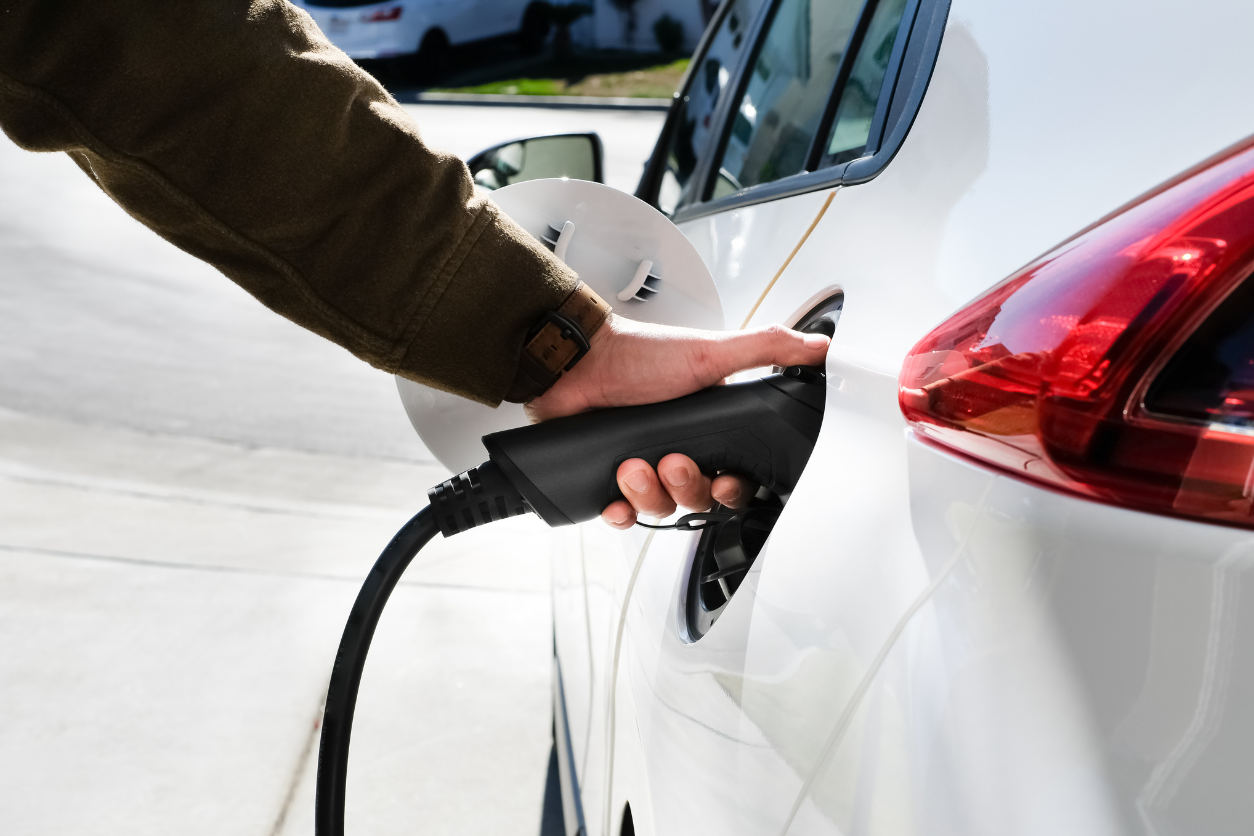How Electric Cars are Shifting the Automotive Market

The automotive market is undergoing a transformative shift, largely driven by the rise of electric vehicles (EVs). Once considered a niche segment, electric cars are now at the forefront of the industry, pushing traditional internal combustion engines (ICE) toward obsolescence. This shift is not just a trend—it’s a revolution that is reshaping everything from manufacturing processes to consumer behavior and governmental policies.
The Rise of Electric Vehicles
The rise of electric cars can be attributed to several factors, including technological advancements, environmental concerns, and policy initiatives. Early EVs were often dismissed as impractical due to their limited range and high costs. However, the landscape has dramatically changed over the past decade. Today’s electric vehicles offer ranges comparable to traditional cars, and prices are becoming increasingly competitive as battery technology improves.
Companies like Tesla have been instrumental in changing perceptions about EVs. By producing high-performance electric cars that can compete with, and often outperform, their gasoline counterparts, Tesla has helped push the entire industry toward electrification. Other major automakers, such as Volkswagen, Ford, and General Motors, have since followed suit, investing heavily in EV development and pledging to phase out ICE vehicles over the next few decades.
Impact on the Automotive Market
- Market Expansion and Consumer Demand: The growing popularity of electric cars is reflected in the market expansion. According to the International Energy Agency (IEA), global EV sales reached 10 million units in 2022, nearly double the number from the previous year. This surge in demand is driven by a combination of consumer interest in sustainability, government incentives, and the decreasing cost of EVs as technology advances.
- Technological Advancements: One of the key drivers of the electric vehicle boom is advancements in battery technology. The development of lithium-ion batteries with higher energy densities has significantly extended the driving range of EVs, addressing one of the major concerns consumers had about going electric. Additionally, the decline in battery costs—by about 89% over the past decade—has made electric cars more affordable and accessible to a broader market.
- Infrastructure Development: The shift toward electric vehicles has also spurred rapid development in charging infrastructure. Governments and private companies alike are investing in the expansion of charging networks, ensuring that EV owners have convenient access to charging stations. The proliferation of fast-charging technology is further reducing the time it takes to recharge an EV, making it more convenient for everyday use.
- Environmental Impact: Electric vehicles are at the heart of efforts to reduce greenhouse gas emissions and combat climate change. Unlike ICE vehicles, EVs produce zero tailpipe emissions, and when powered by renewable energy sources, their overall carbon footprint is significantly lower. This environmental benefit is one of the primary reasons governments around the world are pushing for widespread EV adoption through incentives and stricter emissions regulations.
- Automotive Industry Transformation: The shift to electric vehicles is forcing traditional automakers to rethink their business models. Companies that have long relied on ICE technology are now investing billions in electric vehicle research and development. This includes not only designing new electric models but also retooling factories, retraining workers, and establishing supply chains for batteries and other EV components. The competition is fierce, with startups and tech giants also entering the fray, challenging established automakers to innovate rapidly or risk obsolescence.
Challenges and the Road Ahead
Despite the rapid growth, the electric vehicle market faces several challenges. One of the most significant is the need for further expansion of charging infrastructure, especially in rural and less developed areas. Additionally, the sourcing of raw materials for batteries, such as lithium and cobalt, raises concerns about environmental impact and human rights.
Moreover, while EVs are becoming more affordable, the initial purchase price remains higher than that of traditional vehicles, which can be a barrier for some consumers. However, lower running costs and government incentives often offset this difference, making EVs an increasingly attractive option.
Looking ahead, the future of the automotive market appears firmly tied to the continued development and adoption of electric vehicles. As technology advances, infrastructure improves, and prices continue to fall, electric cars are likely to become the standard rather than the exception.
Conclusion
Electric cars are no longer just an alternative—they are becoming the driving force behind a fundamental shift in the automotive industry. With their potential to reduce environmental impact, coupled with ongoing advancements in technology and infrastructure, electric vehicles are set to redefine the future of transportation. The market is not just responding to this shift; it is being reshaped by it, signaling the dawn of a new era in automotive history.